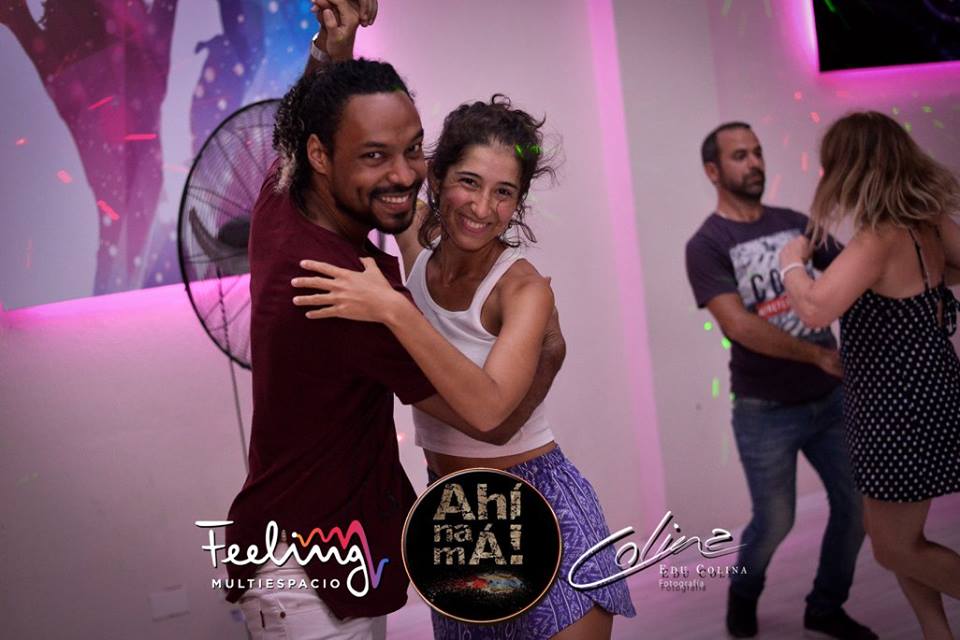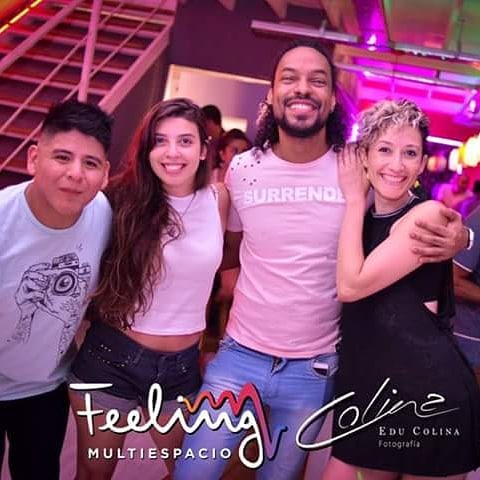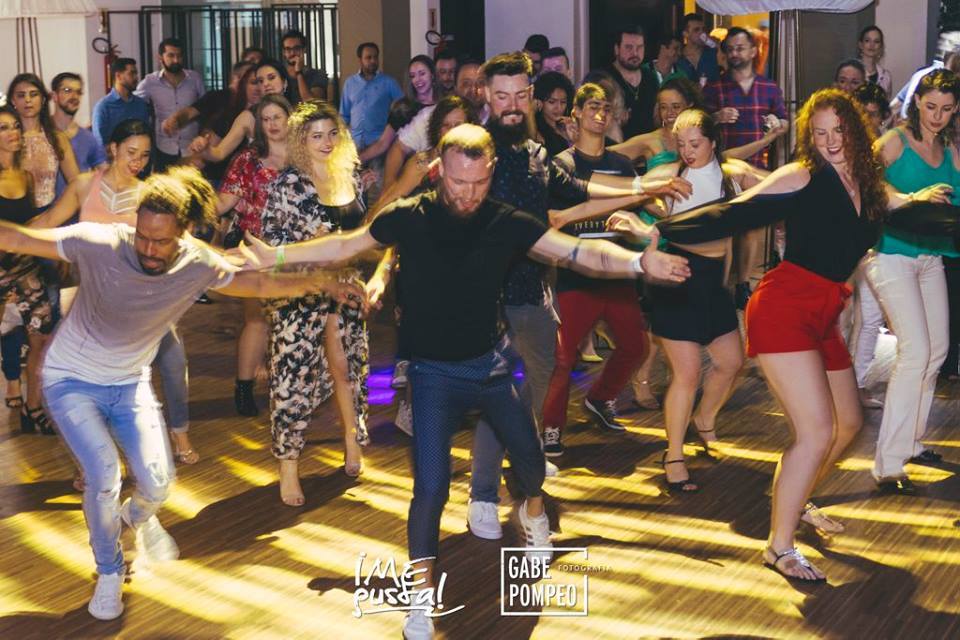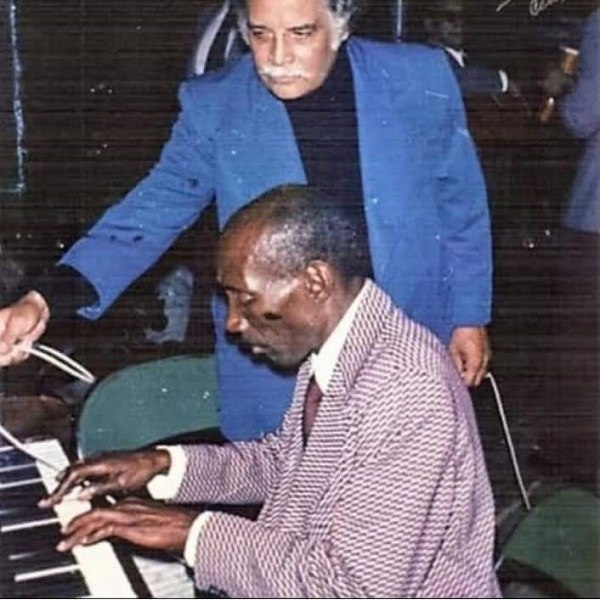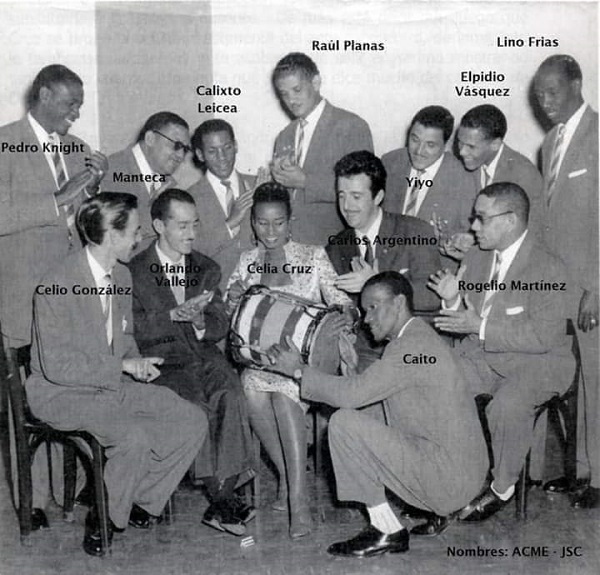Historically, Cuba has been a tremendous source of talent and keeps on proving it to this very day. Through our great friend, Cuban tres player Ivan Camblor, we have been able to make contact with talented pianist Daniel Amat, who has revealed some of the most interesting facts about his life and career both in his native country and worldwide.

How Daniel got into music
Daniel was fortunate to have been born into a musical family, starting with his father, who was known as ”El Pancho Amat” and had a great talent with the Cuban tres. On his mother’s side, there were also several musicians, so as a child Daniel always had contact with this fascinating world, to which he would belong a few years later.
By learning to play, he started with percussion, but little by little, he experimented with the trumpet and ended up playing the piano at the age of 13, since he saw it as a mixture between the sound world of the trumpet and the rhythmic world of percussion. This is the instrument that would finally hook him and for which he would later become known.
Havana National School of Music
Daniel was a native of a small village in the country, where music could be studied at a basic level. However, anyone who wanted to attain an average level had to go to Havana if or if, but first those interested had to take some entrance exams in order to study in the aforementioned city.
After passing those tests, you went to the National School of Art (ENA), which was especially for the people from the Cuban provinces. In the case of Havanans, there was a music school exclusive for them. At the ENA, I met people from all over the country who played all kinds of genres, which helped me a lot. I studied with Ulises Hernández, who was an excellent teacher and one of the best concert pianists in Cuba” said Daniel on the issue.

He also told us that the school prepared him for many things, although he assures us that teaching is never complete, since a professional in any field must always look for a complement to add to that knowledge, which is given by practical professional experiences. The same happens with music and he is a great example of this.
In the same way, he pointed out that what he learned in the conservatory could not be learned on the street and what he learned on the street could not be learned in the conservatory, so the study and practice complement each other and are not mutually exclusive.
Daniel’s professional start in Cuba
In addition to his studies at the conservatory in Cuba, he also began to pursue music in a much more professional way by playing charanga and danzones at the national hotel. He assures that this experience was very enriching, since he had the opportunity to learn what he could from older musicians with an immense trajectory.
Of that time, Daniel highlights his enormous will to know everything, so he always paid close attention to the anecdotes and stories that his colleagues told each other. Additionally, he was given a lot of advice on how to play or not, so he learned a lot during those years.
He also played with some Cuban popular music and danzón orchestras until he found his own style and released his first album ”El Piano Que Llevo Dentro” in 2003, which is when he formally started his solo career. It is since then that the piano started to be a fundamental part of his repertoire, although he never abandoned danzón, son and changüi. He also adds a bit of Latin jazz to his songs, which was always to his liking and he relied on what Chucho Valdez was doing with Iraquere to find the style he wanted to follow.

Moving out of Cuba
When Daniel turned 24 years old, he decided to leave Cuba and look for opportunities in other latitudes after marrying his current wife. It is there where his career obviously takes a new direction and many more growth opportunities for the young artist seemed to be surfacing.
While very far away from his homeland, he began collaborating with big bands and symphonic orchestras, but always playing and experimenting with the Cuban genres with which he started his career in the first place.
Since he had already traveled with his father to other countries in previous years due to his work, he developed many friendships and contacts with many people outside of Cuba, so he was able to get to work on his own stuff quickly and without delay. This led him to be called to perform at festivals and events in the United States, Spain and other parts of Europe.
Thanks to the above, Daniel has been fortunate to be able to work in the music branch without the need to look for other jobs as is the case of many other musicians when they emigrate from their respective countries. This has allowed him to focus one hundred percent on his musical projects and to start teaching jazz, Latin jazz, phrasing and many other areas.
Daniel’s current projects
The pianist is very happy because he will soon release a compilation of his first two albums called ”Una Parte de Mi” in vinyl format. For the same, he had the collaboration of his father ”Pancho” Amat, musician Orlando Valle ”Maraca”, maestro Chucho Valdéz, Sixto Llorente ”El Indio”, his piano teacher Ulises Hernández, percussionist Changuito and many more.
Read also: Edgardo ‘‘El Bambino’’ and his extensive and interesting musical career
